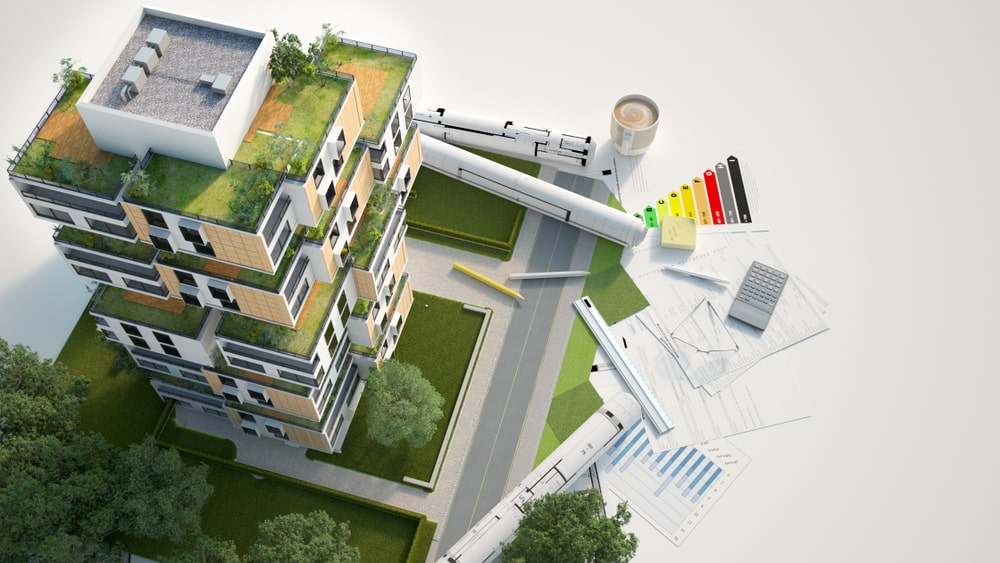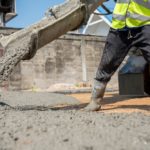Sector - Software & Technology
A structured approach to Net Zero

Around the world, people are feeling spurred into action after Cop26, says Rachel Davis, Director, Perega. Across every industry and sector, the urgency to rescue the planet from irreparable damage is influencing discussions, strategies and change.
It’s well established UK construction has its work cut out. While initially this might seem overwhelming, there are clear steps that can be taken to make the path ahead more manageable.

Rachel Davis
Strong starts
Involving the right people from the outset of a project can save valuable resource and avoid costly mistakes further down the line. It’s a lesson often repeated yet too rarely learned.
You won’t be surprised to hear me say that engineers should be involved in a build project at the earliest juncture, offering sustainable material solutions and proposing reuse wherever feasible, having a say throughout the design process.
However, I also encourage contractors to go a step further. Cost is always a priority and this can be difficult to balance with sustainability, so strong consideration should be given to bringing in people trained in these specialist areas.
Look for sustainability professional credentials from the International Society of Sustainability Professionals (ISSP) or membership with the Institute of Environmental Management & Assessment (IEMA).
Incorporating the right people from the start helps identify sustainable solutions that offer short- and long-term cost benefits, giving a more holistic view of the project, helping avoid silo mentalities and encouraging better cross-disciplinary communication and collaboration.
Government guidance
While some official, national standards exist for specific disciplines, such as the Building Regulations or the Structural Eurocodes for structural engineers, there are opportunities for government to drive decarbonisation forward with clear sustainability guidance underpinned by a central standard.
While civil or drainage engineers currently have access to lots of guidance notes, these tend to be piecemeal and used inconsistently. A central document, collating the best of existing guidance and indicating if, and when, you need to refer to particular points, would eliminate the time and effort needed to go through multiple resources, compare the interplay between them and watch out for inconsistencies.
Creating such a document would no doubt be a considerable undertaking. However, the cumulative knowledge and experience of sustainability and built environment professionals is a rich resource, ready and waiting to be tapped for this purpose.
With effective knowledge management and sharing of best practice, developing an effective and ambitious central standard would not be a big step.
Technologically speaking
I’m optimistic about technology’s potential to help with decarbonising the built environment through increased energy efficiency and less wasted materials, whilst also realising time and money savings. Construction has really only just begun to scratch the surface of what its digital assets can achieve.
By combining best practice with technology, we can more effectively, and efficiently, embed sustainable strategies.
Digital approaches don’t need to be complex. We recently worked with VINCI Construction UK, Murphy Philipps Architects and Troup Bywaters + Anders to develop a Standard Platform for use in hospital design. By creating standardised layouts that fit within a structural grid, it ensures clinical compliance, delivers structural efficiencies and accommodates MMC techniques.
It operates on a simple framework to eliminate unnecessary design, reduce clinical stakeholder time and support faster delivery, without reinventing the wheel.
However, even relatively simple technology requires a certain level of digital competence, which continues to be a hurdle for myriad sectors. Firms which mind the digital skills gap by investing in the relevant training will be better equipped to meet their sustainability, and overall business, goals.
Take the leap
Historically, I think sustainability has fallen by the wayside as a result of people passing the buck. In the context of climate change, 29 years is the blink of an eye. So, it comes down to each person and sector to take responsibility.
Rather than waiting on Government to detail exactly how, or by when, action should be taken, or to hold firms accountable, we should take the initiative to ensure sustainability strategies are ambitious and start making them a reality.
Some companies and developments are already leading the way, from Arup ceasing work on fossil fuel projects in 2022 to the UK’s growing number of low-carbon heat networks. They will be in a stronger position than most when Government enshrines sector-specific targets in law. Firms not yet starting to do the same would be wise to follow their lead.
In the midst of the ongoing skills shortage, a lack of ambitious sustainability goals may also have a knock-on effect for recruitment as green-savvy graduates and other job seekers look for companies which align with their values and are taking genuine action, rather than merely paying lip service.
The first step
Construction has the knowledge, experience and technology to make significant strides towards Net Zero. This is not the time to make excuses, cast blame or wait around for either stick or carrot.
We need to work together, starting every project with sustainability at the helm, modelling best practice and embracing technology to strike the perfect balance between doing the right thing and doing things right.
If you would like to read more stories like this, then please click here
Related Articles
More Software & Technology News
- COWI partners with University of Strathclyde to trial environmental DNA for sustainable infrastructure
18 Sep 25
COWI has partnered with the University of Strathclyde to trial the use of environmental DNA (eDNA)
- Small Builders, big wins: Practical Artificial Intelligence that speeds up UK Construction Operations
12 Sep 25
Practical advice where artificial intelligence can return time and protect margin for smaller UK contractors.
- AI breakthrough in slashing materials development
4 Apr 25
A British AI-driven innovation has won the UK government’s £1M Manchester Prize.






